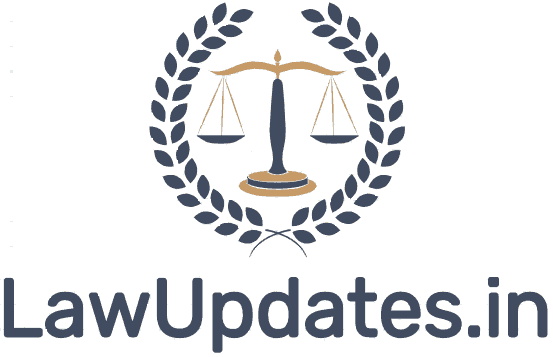The Supreme Court’s e-committee has set up a panel that will focus on setting benchmarks and standards for digitising courts and providing virtual interface to litigants through videoconferencing and live streaming, its (the e-committee’s) chairman justice DY Chandrachud said.
This panel will recommend rules, requirement of digital infrastructure, and budgetary allocation for implementing the projects, he added.
As a first step, the panel, with the help of experts, has framed Model Rules for Videoconferencing for the benefit of high courts that are yet to frame Standard Operating Procedures (SOPs) to conduct courts through videoconferencing. At present, most high courts function through videoconferencing on a host of videoconferencing apps available in the public domain. The Supreme Court itself uses Vidyo while high courts prefer Zoom, Cisco Webex, Google Meet, or Jitsi, besides Vidyo.
Justice Chandrachud, the chairman of the Supreme Court e-committee, said: “I have formed a broad-based committee that has already framed model rules for videoconferencing. The committee is also looking into live streaming and digitization and to have a National Best Practices Standards in this regard for the entire judiciary.”
He added that while this committee has not reached the stage of framing rules for live streaming, where the Gujarat high court has taken the lead.
“What the Gujarat High Court has done is to put its content on YouTube. That is an option which is available but the committee is looking at storing the data. It will be systematically done and not as an ad hoc approach.”
The panel he has set up will be exploring the infrastructure required for live streaming and storage of data, technical standards, cost involved and other requirements. “The exercise is going on and there is no time frame fixed. How the data is to be stored and who should access it are questions that need to be gone into,” justice Chandrachud said.
The composition of the broad-based committee is not known, but it includes domain experts.
On October 26, during suo moto proceedings on framing of guidelines for the courts during Covid-19, Chief Justice of India (CJI) SA Bobde sounded a note of caution on live streaming. “In principle, I agree that there should be live streaming but in practice, there can be negative use or abuse of live streaming,” he said. The CJI referred to a host of complaints he has to routinely deal with on virtual court proceedings held through videoconferencing.
The seeds for live streaming were planted by the Supreme Court itself in a landmark judgment in September 2018 where the Court gave the necessary go-ahead for it in matters of national and constitutional importance that impact the public at large. This was the first step towards opening up courts as the three-judge bench in that decision (justice Chandrachud was a member) held: “Sunlight is the best disinfectant”.
Attorney General KK Venugopal on October 26 suggested to a bench headed by CJI SA Bobde that the Supreme Court should follow the example of the Gujarat high court. He also referred to the 2018 judgement.
In September this year, a Parliamentary Standing Committee submitted a report suggesting permanent virtual proceedings not only for courts but for tribunals in certain category of cases. Coining the benefits of digital justice as “cheaper and faster”, the Rajya Sabha panel chaired by BJP lawmaker Bhupendra Yadav said in its interim report: “This (virtual courts) will cut down the cost and increase efficiency in disposal of cases without unnecessarily being adjourned. Virtual courts can deliver faster results with fewer resources. They can also reduce commute time to courts and waiting time.”
The Supreme Court has been conducting court hearings through videoconferencing since March. Though demands to resume physical court hearings have been raised by lawyer bodies, this has not been considered feasible in view of the growing number of coronavirus disease cases.




